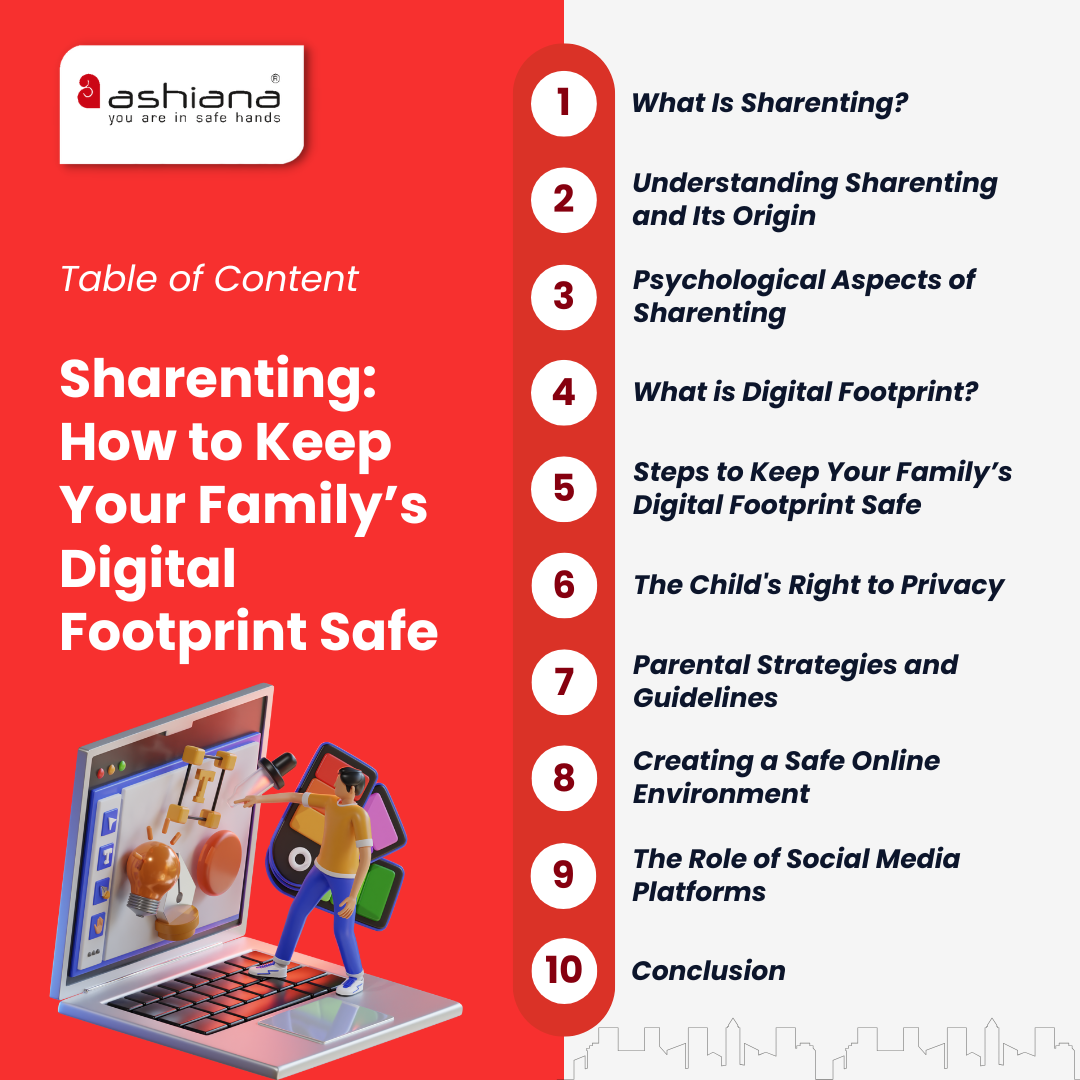

This is because sharenting can pose many dangers, including identity theft and exposure to potential predators. In addition, sharenting can result in negative repercussions for the child when they are older. For example, it could impact their job prospects.
By seeing videos and pictures of other parents around the world, they are able to feel less alone and are able to talk to people who are in similar situations as they are. Overall, sharenting has more positive rather than negative effects and can help parents and their children in many different ways.
Privacy is one of the biggest problems with sharenting, and it primarily stems from a lack of consent. Infants and young children are too young to understand social media and all of its implications and are too young to even provide consent to the use of images, videos, and stories of themselves being posted online.
Ashiana, Ashiana Housing build homes. Homes surrounded by vast green spaces and fresh breeze. Homes cocooned in secured gated complexes. Homes where futures are forged and there are opportunities to grow. And Homes in environments brimming with healthy activity, trust and respect. At heart, we build communities with care.
Other posts by Ashiana
Join 1000+ of fellow readers. Get expert real estate knowledge straight to your inbox absolutely free. Just enter your email address below.